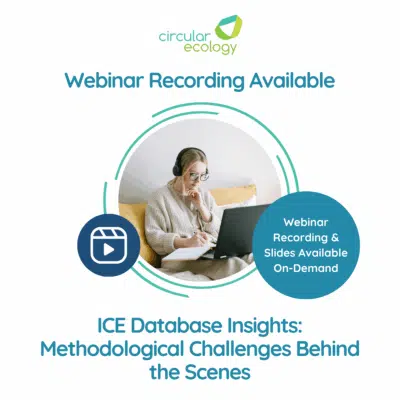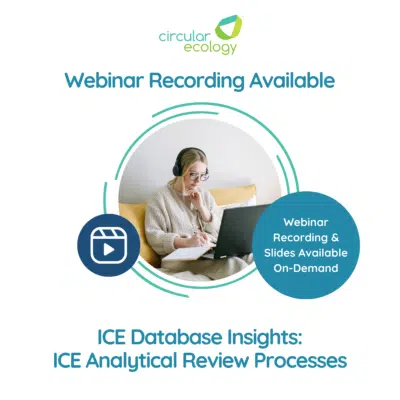As part of a robust sustainability strategy, any organisation can undergo external verification of its carbon footprint, supporting data, and calculation methodologies.
Carbon Footprint Verification & Assurance

Third-party verification promotes:
- Higher levels of accuracy and completeness within reported figures
- Stronger adherence with the relevant footprint reporting frameworks
- Greater transparency within disclosures, creating further integrity.
- More credibility, and increased confidence from stakeholders, customers, and shareholders.
External verification delivers these benefits by providing an impartial assessment of an organisation’s carbon footprint. The assessment aims to scrutinise the reported numbers, ensure all relevant data and evidence trails are present, procedures are robust, and compliance to the principles of any relevant standards have been achieved.
By choosing external verification, your organisation can demonstrate its commitment to the most accurate, reliable, and consistent environmental disclosures. This will not only protect and enhance reputation, but it can also offer differentiation for investors, tenders, and brand marketing versus peers and competitors.
What verification services do we offer?
1. Organisational Carbon Footprints (Scope 1, 2 & 3):
- GHG (Greenhouse Gas) Protocol, Corporate Standard
- ISO 14064-1 – Quantification and reporting of greenhouse gas emissions and removals at organisational level
- Claims of Carbon Neutrality (e.g., PAS 2060)
- ISO 14067 – Carbon footprint of products
- ISO 14040/44 – Environmental management – Life cycle assessment
- PAS 2050 – Carbon Footprint of Goods and Services
- WRI (World Resources Institute) GHG Protocol for Products
- EN 15804 – Environmental product declarations
- EN 15978 – Assessment of environmental performance of buildings
- RICs Whole Life Carbon Method
- Net Zero Carbon (UKGBC)
4. Lifecycle Assessment (LCA) Peer Review
If you can’t see what you are looking for in the list above, get in touch with us directly to see how we can help.
What does a typical footprint verification involve?
- Preliminary Meeting to discuss and agree upon the scope and boundaries of the assessment, data requirements & timelines for the verification process.
- Data Collection of disclosures, any supporting primary data, and calculation methodologies, according to the agreed Audit Plan.
- Review of reported figures and supporting data with emphasis on accuracy/relevance of data sources, and robustness of the calculation methodologies.
- Analysis of initial findings, communication of required corrections, and further discussion of any outstanding data or clarifications.
- Verification Statement is issued following the satisfactory closing out of all identified corrections and non-conformities.
Please use the form below if you would like to reach out to us regarding these services:
Webinar Recap: ICE Insights: Methodological Challenges Behind the Scenes
Circular Ecology hosted the fourth webinar in the ICE Database Insights webinar mini series on [...]
Jun
DESNZ (Defra) 2025 GHG Emissions Factors Released
The UK Department for Energy Security and Net Zero (DESNZ) have just released the 2025 [...]
Jun
Webinar Recap: ICE Insights: Are All EPDs Created Equal?
On Thursday, 22nd May, Circular Ecology hosted the third instalment in the ICE Database Insights [...]
May
Webinar Recap: ICE Insights: ICE Analytical Review Processes
On Wednesday, April 30th, Circular Ecology hosted the second session of our ICE Database Insights [...]
Apr




